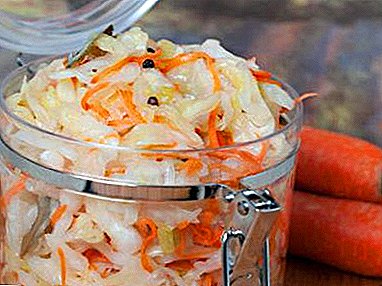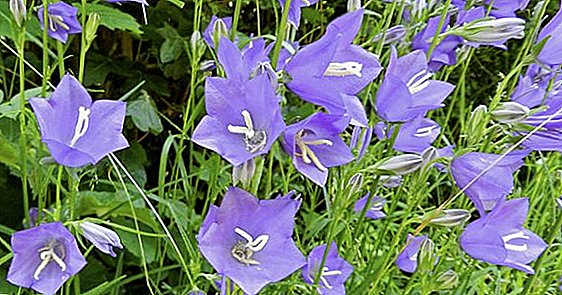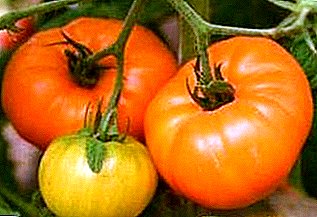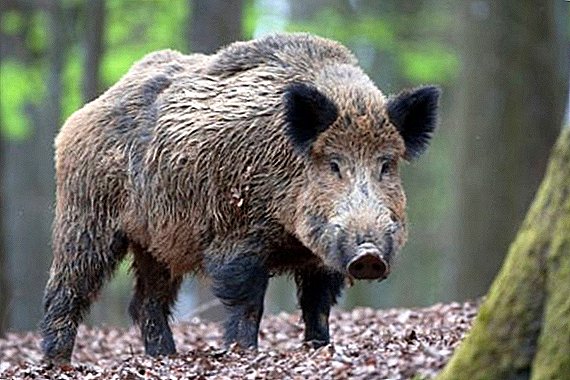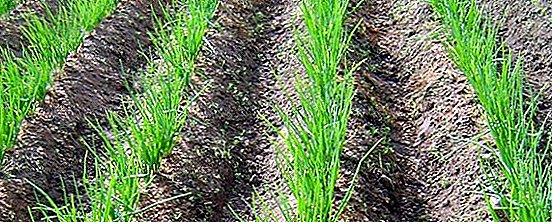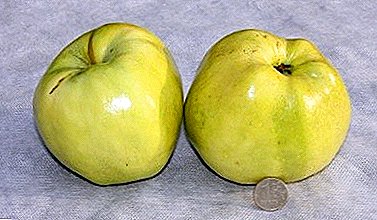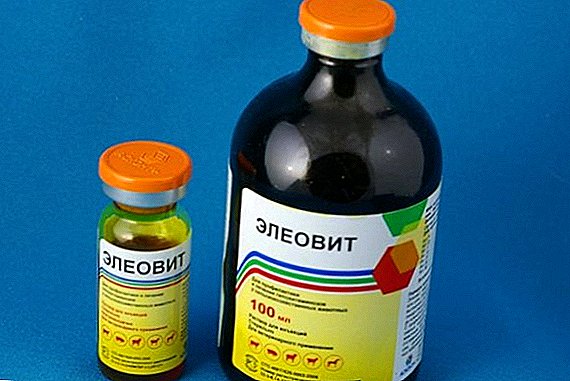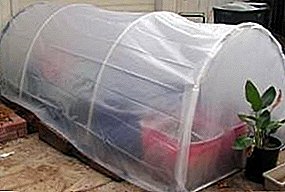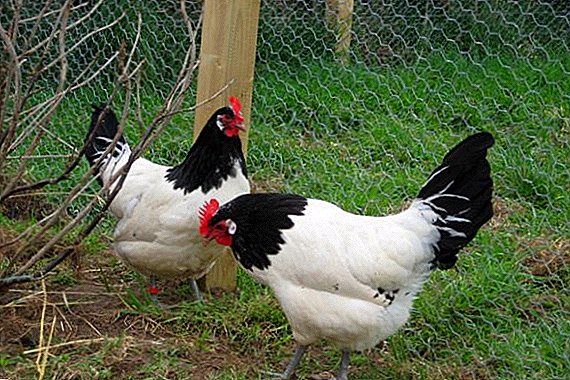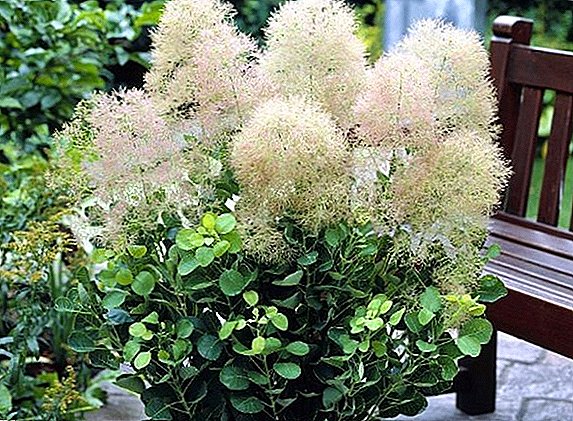 Scumpia (Cotinus coggýgria), known in folk medicine as tanning, Venetian soum, morocco, smoking, sparkling or paradise-tree, is of great interest because of its healing properties. This plant is widely found in the Balkan Peninsula, in Moldova, in the southern regions of Ukraine, Russia, in the South Caucasus, Turkey, Iran, India, the Himalayas and China and is used almost everywhere as a medicine.
Scumpia (Cotinus coggýgria), known in folk medicine as tanning, Venetian soum, morocco, smoking, sparkling or paradise-tree, is of great interest because of its healing properties. This plant is widely found in the Balkan Peninsula, in Moldova, in the southern regions of Ukraine, Russia, in the South Caucasus, Turkey, Iran, India, the Himalayas and China and is used almost everywhere as a medicine.
Chemical composition and beneficial properties
Scumpia is known as a cultivated plant for a very long time, its useful properties were actively used by professional doctors and traditional healers.

Leaves and shoots contain:
- tannins (from 15-40%) - tannin (penta-galloyl-glucose), etc .;
- gallic acid;
- flavonoids (fizetin, fustin, etc.);
- sugar (from 1.67 to 7.53%);
- essential oil (with a high content of limonene, myrcene, α-pinene, etc.);
- vitamins (carotene, E, C, etc.).
The beneficial properties of the shrub are due to its unique composition and, above all, high tannin content. This substance is known for its astringent and anti-inflammatory characteristics. Tannin can coagulate and precipitate protein, which makes it indispensable for stopping bleeding and treating burns.
Tannins in their composition also have: breeze, silver goof, black cohosh, willow, linden, Mahoniya padubolistnaya, sea buckthorn, pear.
Tannin solutions are used as an antidote for poisoning with alkaloids; they are capable of neutralizing heavy metal salts. As for flavonoids, they influence the human body as antispasmodics and have a choleretic effect. A number of medical preparations are made from the leaves (Tanalbin, Tansal, Flacumin).
Thus, cumpia is the source of a whole range of useful biochemical elements, it is recognized by pharmacists, and its medicinal properties are actively used in medicine.

Important!Bush bark may be equivalent to henna.
The use of skumpii in traditional medicine
In traditional medicine, the plant is actively used and as an internal remedy, and as an external in the form of decoctions and infusions. Preparations are made, first of all, from fresh and dried leaves, less often - from the bark and roots of a plant. Traditionally, such decoctions treat teeth, gingivitis, stomatitis, pharyngitis, etc., use them for douching with belyah. Tincture of skumpii also treats diarrhea, ulcerative processes, and poisoning. With the help of a decoction of the roots reduce the heat during a cold.
Did you know? One of the names of skumpiâ, the “sparkling” tree, was due to the scarlet color of the autumn leaves before falling, and the smoky one was due to the appearance of long reddish, greenish hairs on the panicle-panicle after flowering, because of which the bush is covered with fluffy smoke. .
Broth for external use
The leaves are used for cooking broth for outdoor use: 100 g of raw material is poured with a liter of boiling water and kept on low heat for 10-12 minutes. Next, you should insist a decoction for 20 minutes.
Strained decoction process wounds, make lotions or compresses in the treatment of skin diseases. Such a decoction in the form of baths (from excessive sweating of the feet) is effective. Sumpy (hot decoction) helps a lot in treating heel spurs (making baths - for three days in a row).

Broth for rinsing the mouth
To prepare the medicinal product, dry leaves of skumpii (4 tbsp. L.) And boiling water (2 l.) Are necessary. The leaves should be poured boiling water, put on low heat and withstand 10-15 minutes. Rinse - four times a day.
Did you know? The wood of this plant is called yellow sandalwood, it does not rot, it burns without smoke, even when it is damp.
Tincture leaves with diarrhea
For the preparation of the drug will need a teaspoon of powdered dried leaves of skumpy pounded into powder and a glass of boiling water. Powder pour water in containers, tightly close the lid and insist for at least 60 minutes. Strain and take 1 tbsp. l on an empty stomach (before meals) 3-4 times a day (some advise every hour) until the condition is normalized.
Did you know? Sugar contains dyes - yellow (in leaves and shoots) and red (in roots). In the Middle Ages, fabric dye was made of it called fustik.
Tincture of bark with fever
When fever effectively helps tincture of the bark of the plant. To prepare the drug requires 1 tsp. crushed dried bark and 200 ml of boiling water. Raw materials in the tank should be poured boiling water, close tightly and insist one hour. It is necessary to use medicine in a warm form, on по cup three times a day (before meal). Use the tool should be to reduce the temperature and improve well-being.

Ointment from the leaves for the treatment of rotten ulcers and wounds
Suppurative ulcers, non-healing wounds, traditional medicine treats with the help of ointment from the leaves of skumpiii. For its preparation will require fresh leaves. To make it, you need to chop the leaves in a blender until the mashed pulp leaves, then add the melted but not hot butter (1x1) and mix well.
The medicine is best applied immediately after production. If necessary, you can store in a glass container in a cool place (in the refrigerator). A number of recipes propose to replace butter with lard. Treat wounds should be 2-3 times a day.
Important! The highest tannin content is manifested in full sunlight in June - early July.
Grass collection
Sumpium is often used in traditional medicine as a component of various medicinal herbs. An effective traditional remedy for uterine fibroma is a herbal blend (1x1) of skumpii, lungwort, highlander bird, plantain, thyme, St. John's wort, cuff, mallow forest, city gravity and leafberry.
Mix the ingredients evenly, place 4 tbsp. l in a container, pour boiling water (1 l) and incubate for 15 minutes. on a small fire. After that - it is necessary to cool and strain. Drink should be 0.5 cups three times a day for 2-3 months. After a month's break, the treatment should be repeated.

In the case of inflammatory diseases of the female genital organs, a collection of skumpii, eucalyptus, blackberry, lemon balm, wintergreen, clover, linden flowers, and couch grass roots (1x1) is used. 10 g of the mixture pour 0.4 liters of boiling water for two hours. Cool, filter and make douching (within 4 weeks).
With catarrhal lung diseases (inflammation, bronchitis with a wet cough and chest pain) use the following fee: according to art. l Siberian Siberia, Hypericum and 2 tbsp. l zhivuchki creeping, hyssop officinalis, chamomile pharmacy, eucalyptus and skumpiii. Mix everything evenly. Cook infusion based on 6 tbsp. l collection of 2 liters of boiling water. Insist 60 min. Drink warm 100 ml to 9 receptions per day.
Coping with colds, bronchitis will also help: scorzonera, onions, garlic, nasturtium, fragrantus fragrant, raspberry, bergamot, aloe, elderberry, momordika, white acacia.
In hemorrhagic vasculitis and capillary toxicosis, a mixture of skumpii leaves, strawberries, periwinkle, couch grass, calamus, yellow root, rue leaves, veronica, groundwort, tartar color, and alder fruits helps. The mixture (10 g) insist 2 hours in boiling water (0.4 l). Then drink in three doses for 1 day. Full course - 2 and a half months.
For neurodermatosis: 10 g of the collection of primrose, skumpii, dried herbs, oregano, meadowsweet, licorice root, and elder flowers insist 120 minutes. in boiling water (0.4 l). Apply in the form of lotions and a half months.
Important! Green leafy varieties are more resistant to cold and frost than purpoliferous.

Preparation and storage of medical raw materials
Harvesting of the leaves of cumin is done in May - August (from flowering to fruit ripening). During this period, it is especially rich in tannins. It should be taken well-developed, intact leaves without petioles.
Dry them in a thin layer outdoors. out of direct sunlight (under a canopy) or in well ventilated areas. In the case of drying in an oven or dryer, the temperature should not exceed 40-60 degrees Celsius.
When drying, the raw material should not be allowed to become wet - this reduces the tannin content in the leaf. Among the dried leaves should not be black or red (this happens if they are too late collected). Skumpii roots harvested in the spring.
It is necessary to store medicinal preparations in a dry, dark place, at room temperature, packed in linen bags no more than two years (although the ideal is a year before the new harvest).
Important! When harvesting leaves of skumpiia, they must be torn off by hands from top to bottom. The branches are not harvested.
Contraindications
Contraindications for the use of skumpii bit, but they are. Do not use tinctures and decoctions with skumpiya in liver diseases, pregnant and lactating women.
In addition, it must be remembered that ingestion of large doses of the drug can cause indigestion. Enema with skumpiuyu can damage the intestine, especially if there are cracks in the rectum and provoke parietal thrombosis. We should not forget about the hypersensitivity and individual intolerance to skuma. In any case, before starting treatment, it is necessary to consult with your doctor.
Applying the beneficial properties of this plant wisely, paying attention to the recommendations of specialists and not forgetting about contraindications, you can cope with many diseases without expensive drugs.


